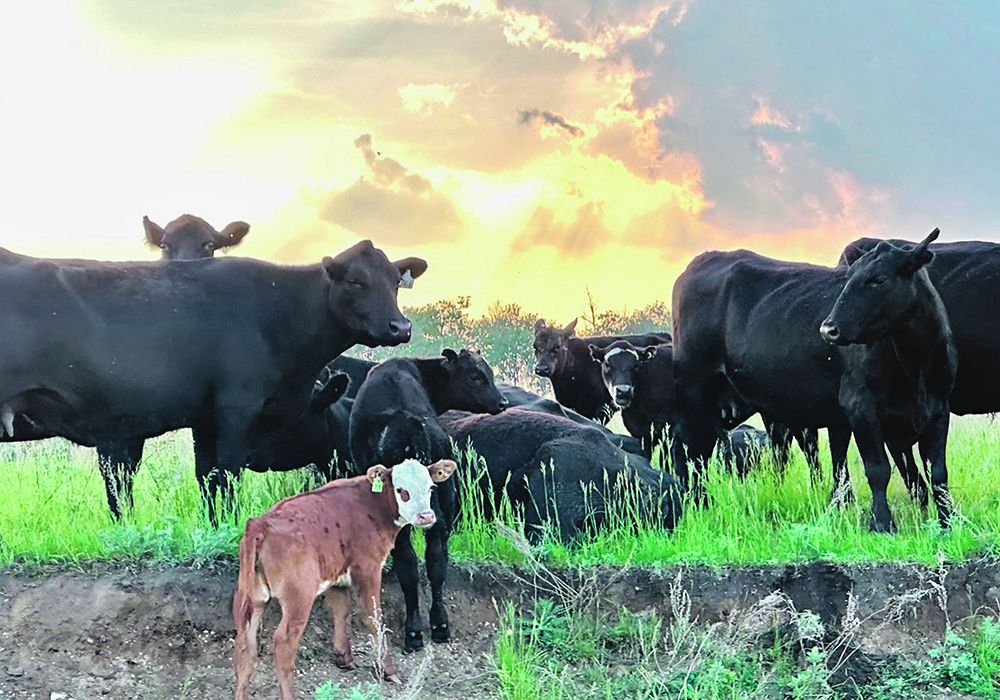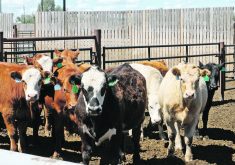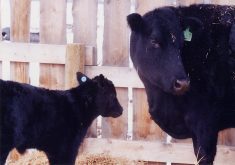Antimicrobials (in this case, antibiotics) are important tools for beef producers from an animal welfare perspective.
They are essential for treating a variety of bacterial infections that can affect beef calves and cows, such as foot rot, pneumonia and eye infections.
We need to use these tools wisely so they are available and continue to be effective in the future.
The use of antimicrobials in animal agriculture is an area of concern for human health as well. Antimicrobial use in agriculture might impact the effectiveness of antimicrobials in human medicine.
Read Also

Animal protection delivery to change in Saskatchewan
The Saskatchewan government is looking for a new agency to handle animal welfare after Animal Protection Services of Saskatchewan decided not to renew its contract next year.
On Dec. 1, 2018, the Canadian government implemented rules that required a veterinary prescription for medically important microbials before they could be purchased for use on animals.
This meant some antibiotics that were previously available over the counter would now require a veterinary prescription. Did this new regulation impact antimicrobial use in the cow-calf industry? A recent study was published in the journal Veterinary Sciences that tried to address this question.
Jayce Fossen, a graduate student at the Western College of Veterinary Medicine, was the lead author and his graduate research project was supervised by Dr. Cheryl Waldner from the Department of Large Animal Clinical Sciences.
Their study followed herds enrolled in the Canadian Cow-Calf Surveillance Network to assess what antimicrobials were being used on cow-calf herds and the reasons for using them. They were able to compare this data to a previous study in 2014 (prior to the new regulations) that evaluated antimicrobial use in western Canadian cow-calf herds.
The study population consisted of 146 Canadian cow-calf herds. About two-thirds of the herds were in the western provinces, but 48 herds from Ontario, Quebec, New Brunswick and Nova Scotia were also included in the study. Average herd size was 131 cows in Western Canada and 67 cows in Eastern Canada.
As we would expect, the overall frequency of antimicrobial use in an extensive animal rearing enterprise like the cow-calf industry continues to be low. All herds reported at least some antimicrobial use and the three most common reasons for using them were pre-weaning respiratory disease in calves, diarrhea in calves and lameness in cows.
However, most herds reported treating less than five percent of their animals for any of these reasons.
Approximately 21 percent of the herds reported treating more than five percent of nursing calves for respiratory disease. This agrees with several other studies from Canada and the United States that suggest one out of five cow-calf herds experience respiratory disease outbreaks in pre-weaned calves.
The authors also showed that these herds that experienced respiratory disease outbreaks were more likely to use synchronization programs and were more likely to calve in the winter months. Both these factors provide opportunities for calves to be grouped together more intensively at certain times, which might allow respiratory pathogens to spread.
Overall, the frequency and reasons for use of antimicrobials were remarkably similar to the 2014 western Canadian study.
Oxytetracycline and florfenicol were the antimicrobials that were most frequently used for all animal classes. These are classified as being of medium importance to human health (Category III) by Health Canada.
Only 20 percent of the study herds reported the use of ceftiofur at least once in at least one class of cattle. There was also very minimal use of antibiotics, such as enrofloxacin in cow-calf herds. Ceftiofur and enrofloxacin are classified as category 1 antimicrobials by Health Canada, which means they are deemed as very high importance in human medicine.
This would suggest that most producers and veterinarians are reserving these more important antimicrobials for treating more difficult infections and not using them widely.
The use of antimicrobials for disease prevention, rather than treatment, was identified in 18 percent of the herds, which was very similar to the 2014 study of herds in Western Canada. Most of that antimicrobial use was used in calves before weaning to prevent respiratory disease and it did not involve any Category I antimicrobials.
The overall results were similar to previous estimates of antimicrobial use in cow-calf herds. It did not appear the new regulations had a major impact on the availability of antimicrobials in these cow-calf herds.
There also didn’t appear to be a lot of situations where antimicrobials were being used inappropriately.
Perhaps some uses of oral antimicrobials in calves with diarrhea are unnecessary because many of those calves have viral diarrhea, but there were no glaring issues of inappropriate antimicrobial use.
The study also showed there was very little use of Category 1 antimicrobials in cow-calf herds.
I would encourage you to work with your veterinarian to formulate treatment and vaccination protocols for your herd. This will help ensure we can continue to use antimicrobials appropriately and will hopefully keep them working as effective treatments into the future.
John Campbell is a professor in the department of Large Animal Clinical Sciences at the University of Saskatchewan’s Western College of Veterinary Medicine.















